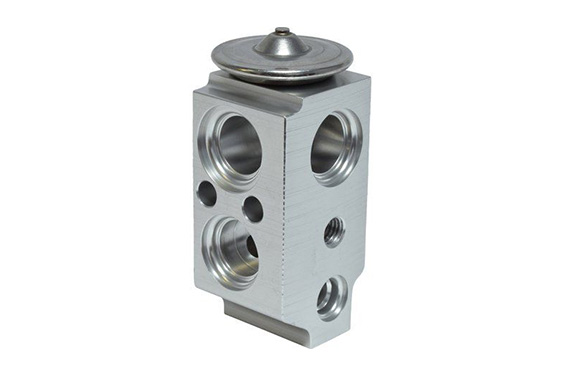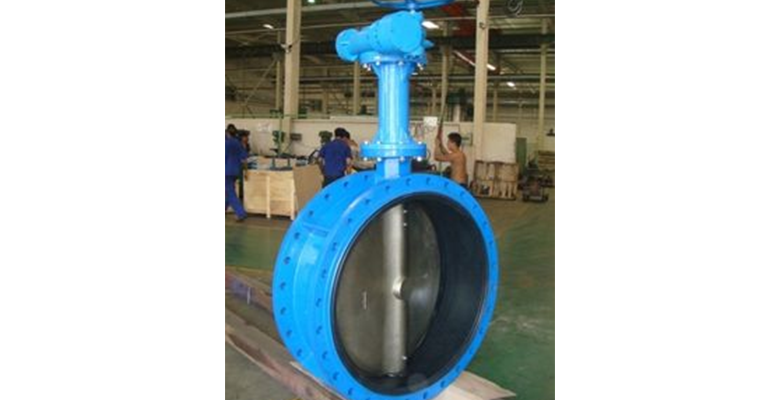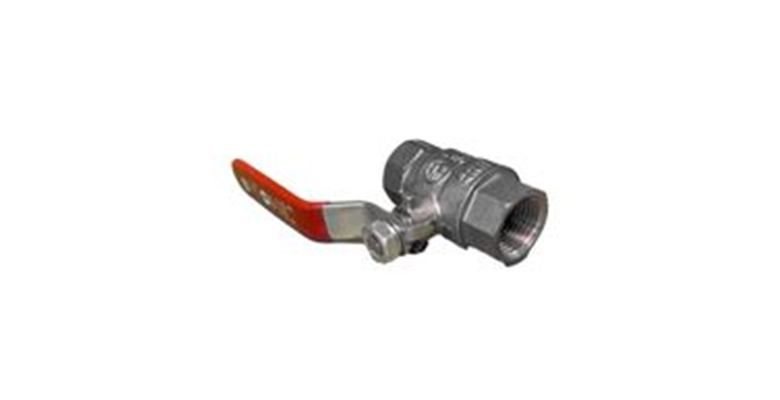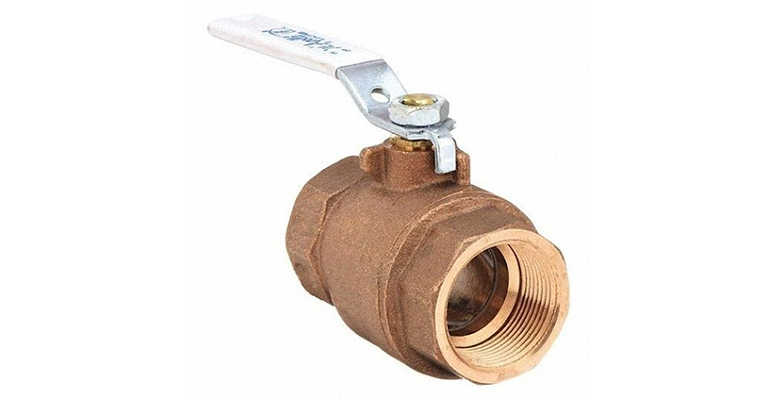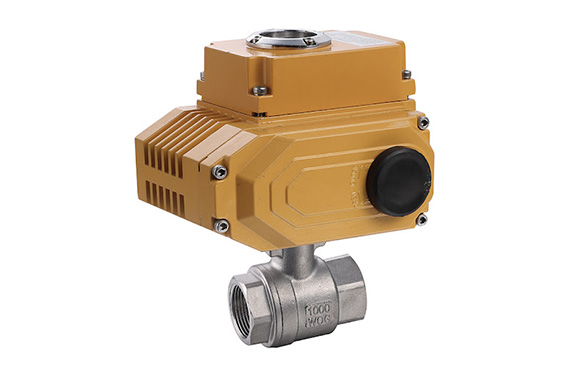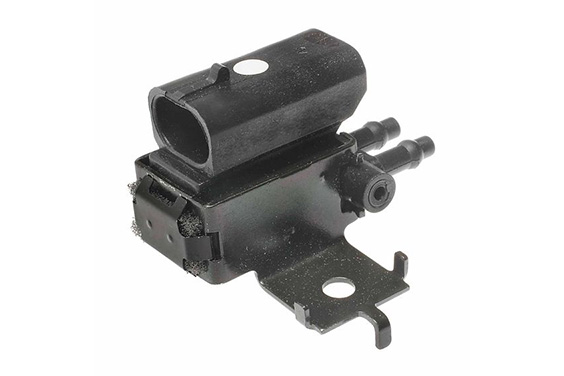A valve spring compressor is a must-have tool for any car enthusiast or DIY mechanic. This tool allows you to safely compress and remove valve springs from an engine, making it much easier to work on the valves. In this blog post, we will show you how to use a valve spring compressor. Keep reading to learn more!
How To Use Valve Spring Compressor
A valve spring compressor is a handy tool that can be used to remove and replace springs on engine valves. Many compressors are universal, meaning they can be used on a variety of engines. Others are made specifically for certain engines.To use a valve spring compressor, first make sure the engine is turned off and cooled down completely.
Next, remove the rocker arms, pushrods, and any other components that are in the way. Then, place the compressor over the spring and turn the screw until the spring is compressed. Once the spring is compressed, you can remove it and replace it with a new one. Finally, release the screw on the compressor and remove it from the engine. Valve spring compressors can be a bit tricky to use, but with a little practice you’ll be a pro in no time!
What is a valve spring compressor used for?
A valve spring compressor is a tool that is used to compress the springs on valves in an internal combustion engine. This is necessary when removing the valves from the engine for maintenance or repairs. The compressor consists of two jaws that clamp down on the spring, and a screw that is turned to tighten the jaws and compress the spring.
Once the spring is compressed, the valves can be removed. Once the repairs or maintenance are completed, the valve springs are reinstalled and the compressor is used to decompress them. This tool is an essential part of any mechanic’s toolkit.
How does a valve spring work?
A valve spring is a coiled wire device that is used to apply force to a valve in order to keep it closed. The spring is mounted on the valves and actuates them by opening and closing them as needed. When the engine is running, the valves open and close at specific intervals in order to allow air and fuel into the cylinders.
The springs help to keep the valves closed when they’re not needed, which prevents the engine from operating at less than optimum efficiency. Valve springs are located on the intake and exhaust valves of an engine and are made from high-strength materials such as steel or titanium. They are designed to withstand the high temperatures and pressures that are present inside an engine.
How do you adjust valve spring height and pressure?
The valve spring is one of the most important components of an engine, as it helps to ensure that the valves open and close at the correct time. Unfortunately, over time the springs can become worn or damaged, which can lead to engine problems. In order to prevent these issues, it is important to adjust the valve spring height and pressure on a regular basis.
The first step is to remove the valve cover and identify the springs that need to be adjusted. Next, use a feeler gauge to check the clearance between the valve and the spring. If the clearance is too large, it will need to be adjusted by adding or removing shims. Finally, use a torque wrench to tighten the screws that hold the springs in place. By following these steps, you can ensure that your engine continues to run smoothly.
Why are valve springs important?
Valves are an essential component of any internal combustion engine, and valve springs are what keep them in place. These small metal coils are under a lot of tension, and they work to keep the valves tightly shut while the engine is running. When the engine is turned off, the springs relax and allow the valves to open so that they can be inspected or replaced.
Valve springs are also what allows an engine to rev up to high speeds; as the rpm increase, so does the tension on the springs. Without properly functioning valve springs, an engine would quickly overheat and break down. Consequently, it is clear that valve springs are a vital part of any engine – without them, it simply wouldn’t be able to run.

